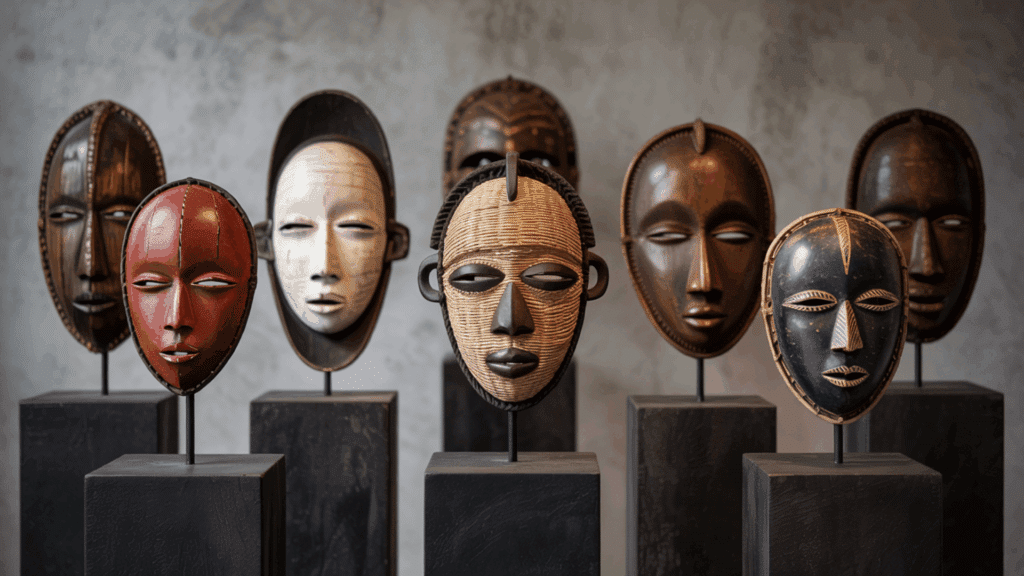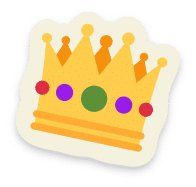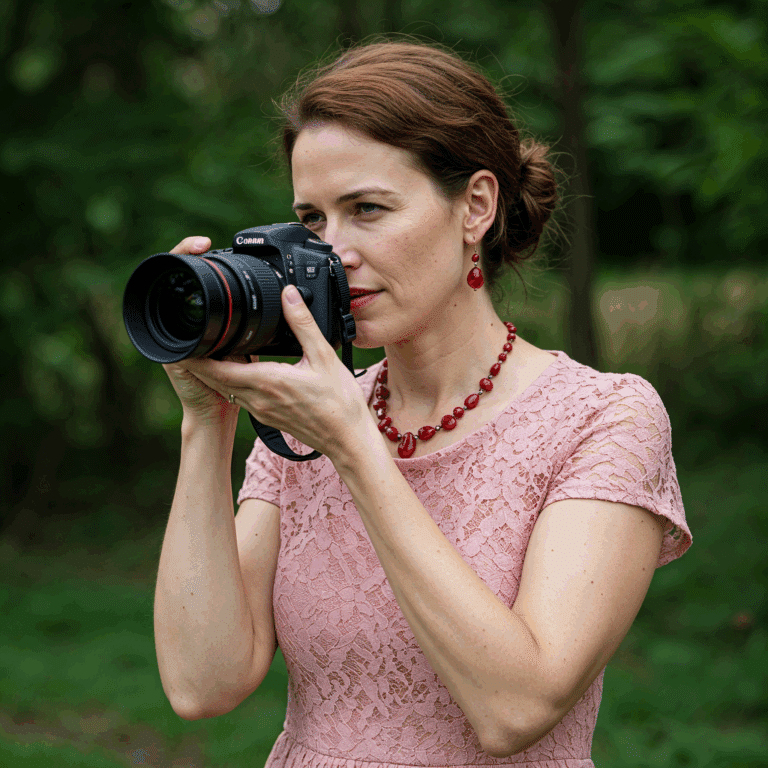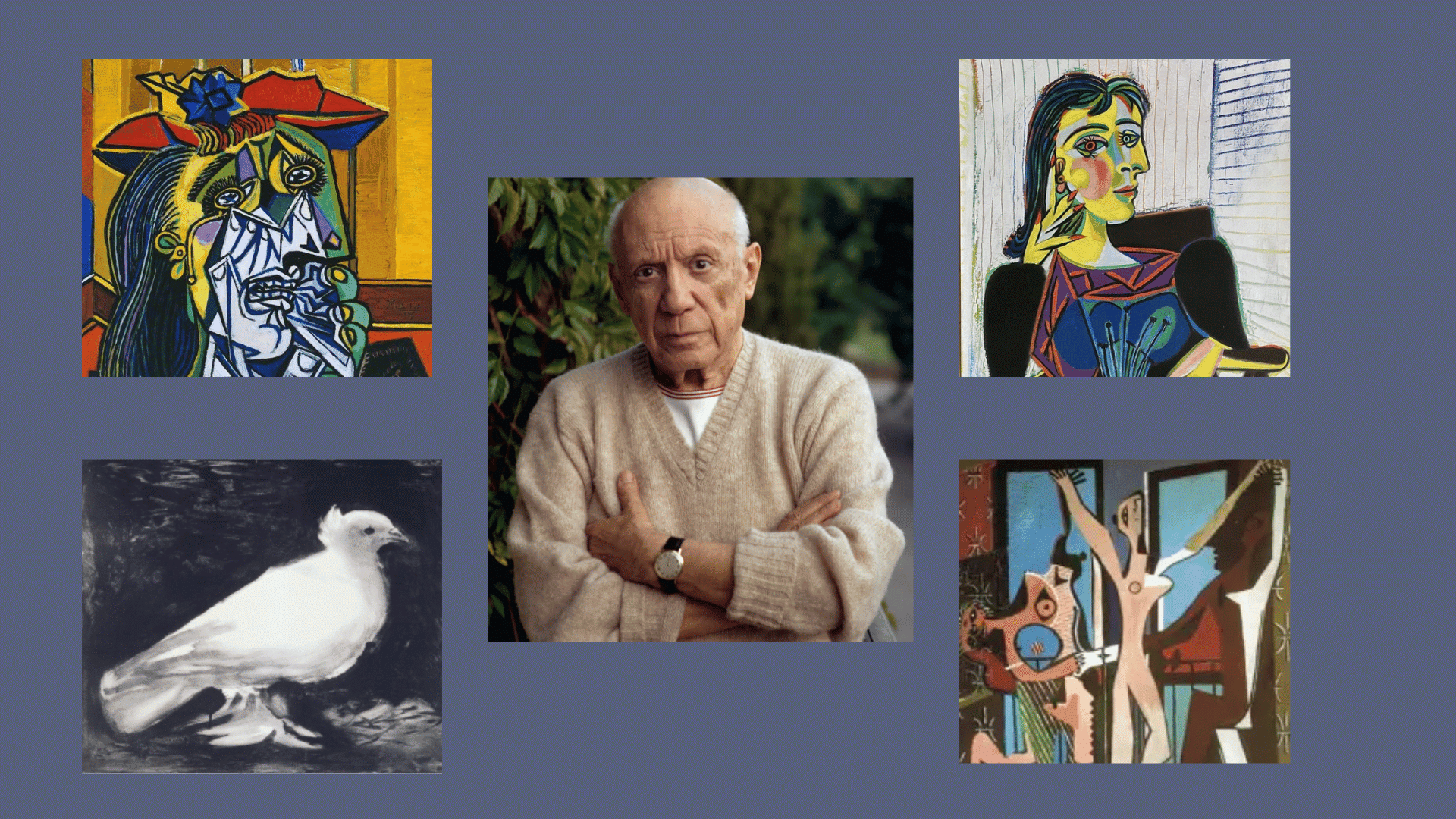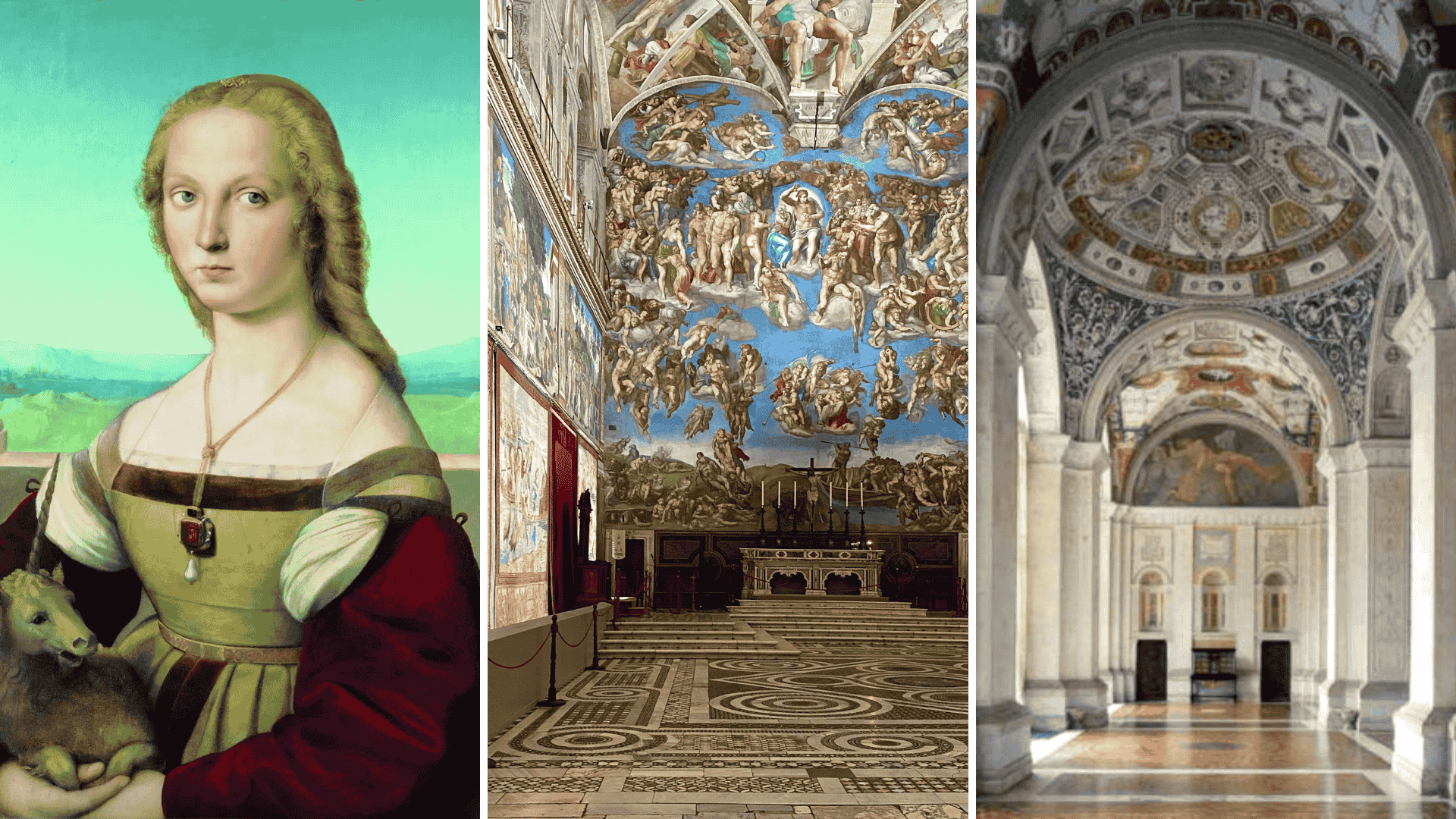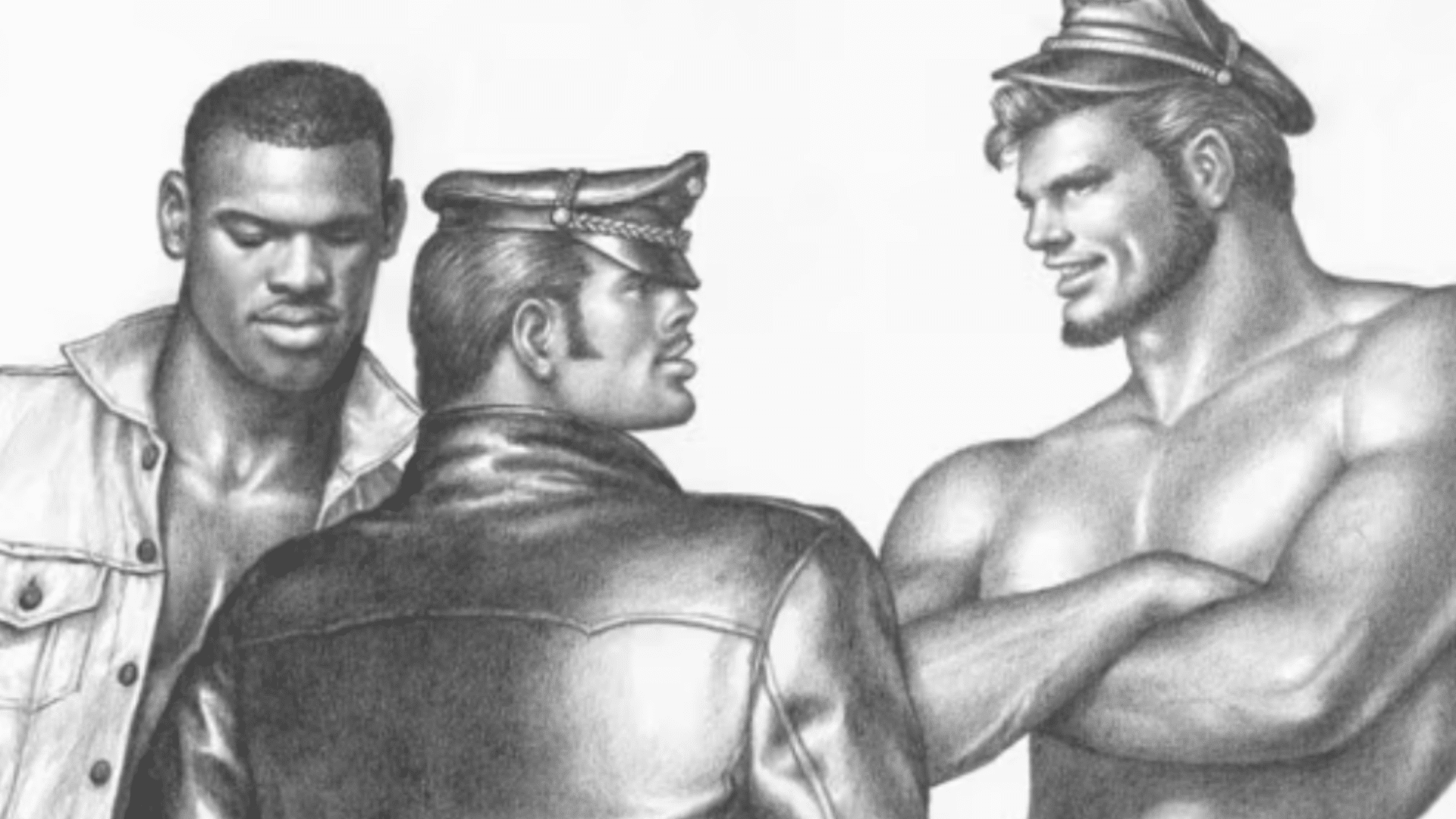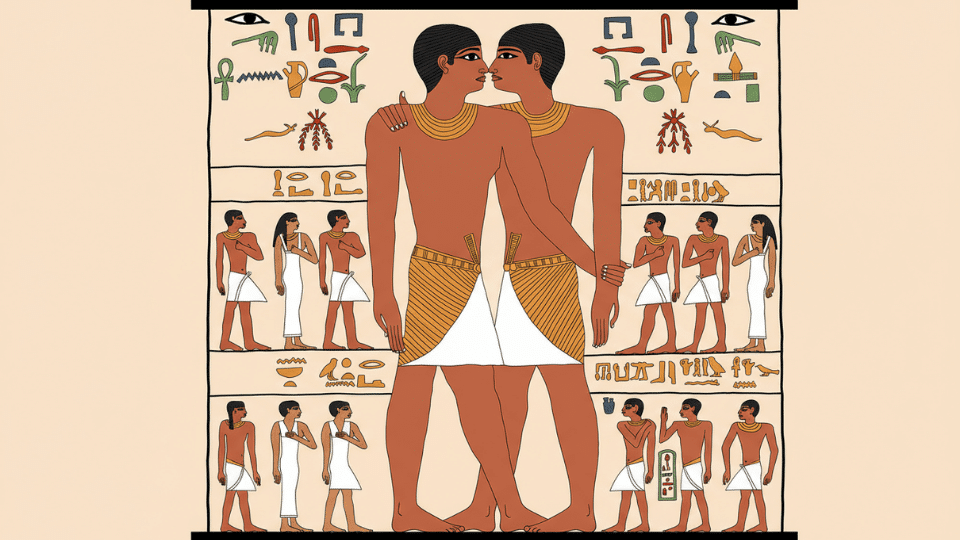Have you ever wondered how a simple wooden piece can transform someone into a spirit?
African mask designs are intriguing and mysterious art forms, crafted by skilled artists who know that true beauty lies in meaning, not just appearance.
African masks are living history, blending symbolism and artistry to keep cultural stories alive and inspire future generations.
If you’re planning an art project, studying world cultures, or curious about these designs, you’ll find that African masks are highly inspiring. Some are so sacred that only certain people can see them, kept hidden between ceremonies.
Ready to explore the intriguing world of African mask designs and unlock their hidden secrets?
Understanding African Mask Design Traditions
African masks are much more than beautiful art pieces. They serve as powerful bridges between our world and the spirit world.
When people wear these masks during ceremonies, they believe they can connect with ancestors and gods. The designs aren’t just decorative; every line, color, and shape holds deep meaning.
Different African regions have unique mask styles. West African tribes like Dan and Baule use geometric patterns, while Central Africa’s Kuba make helmet masks, and East African masks have simplified human faces. Each style reflects its environment, beliefs, and history, making them meaningful.
Types of African Mask Designs by Purpose
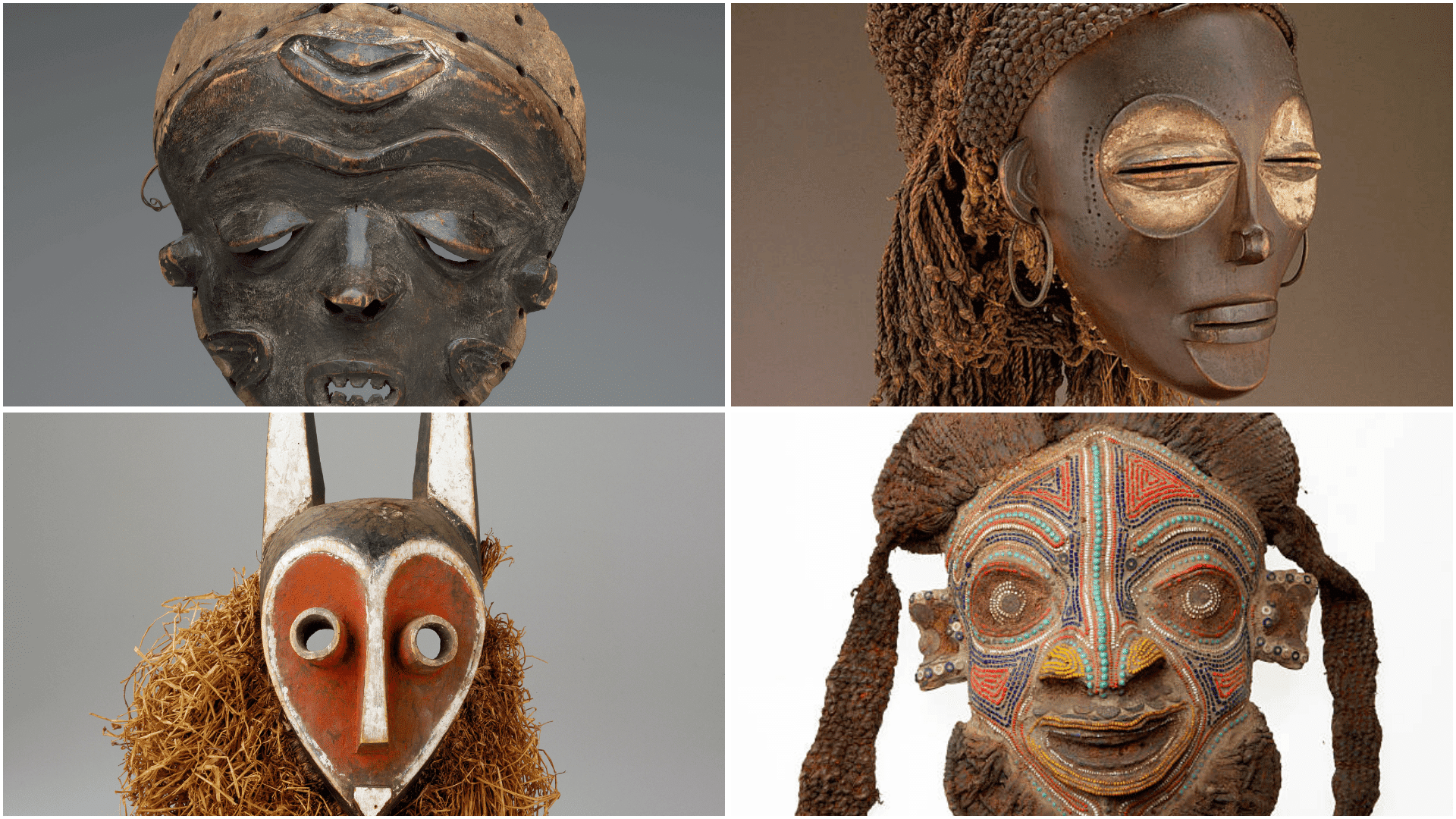
African masks serve various purposes in traditional African communities. Each type of mask has a special design that matches its important role in ceremonies and daily life.
1. Animal Mask Designs
African artists create masks that look like powerful animals to capture their strength and wisdom. The Bwa and Nuna peoples craft crocodile masks with sharp teeth for water ceremonies.
Bamana antelope masks, called Chiwara, have curved horns and geometric bodies, representing special powers such as courage and protection.
2. Ancestor and Spirit Mask Designs
These masks connect communities with deceased family members through scarification patterns and geometric shapes.
Colors hold deep meaning: white represents the spirit, red signifies life energy, and black symbolizes the earth or mystery. When worn, people believe ancestor spirits visit to offer guidance and blessings.
3. Feminine Beauty Mask Designs
Beauty masks often celebrate cultural standards of feminine attractiveness, featuring smooth, oval faces and perfect features.
They display elaborate carved hairstyles with braids and decorative combs. The Punu people’s white masks honor women’s beauty, grace, and vital community roles during special celebrations.
4. Ceremonial and Ritual Mask Designs
Life events require specific mask designs matched to their purpose.
Harvest masks feature crop symbols in earthy colors, initiation masks use bold, mysterious patterns, and funeral masks display calmer designs that represent spiritual journeys.
Each ceremony’s masks are specially created to accomplish specific ritual goals.
These diverse mask traditions demonstrate how African cultures utilize art to convey their most profound beliefs and values through intricate designs.
Design Elements and Their Symbolic Meanings
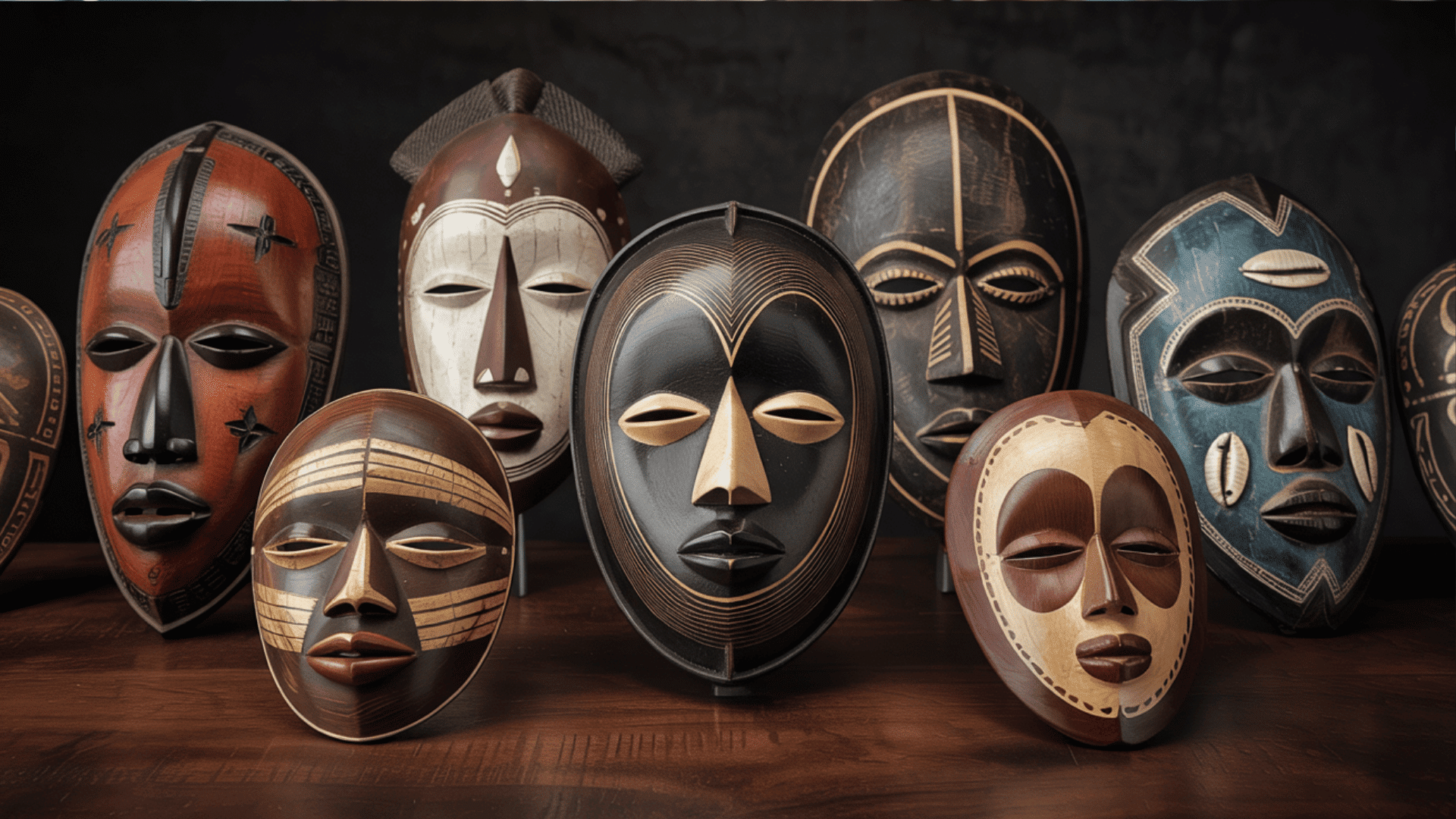
African mask makers use specific colors, patterns, and materials to create powerful spiritual messages. Every design choice has deep meaning that connects the physical mask to the spiritual world.
1. Colors in African Mask Design
Colors hold sacred meanings in African mask traditions: Red signifies vitality, power, and sacrifice; White symbolizes purity, spirituality, and ancestral connection; Black offers protection and transformation; Blue embodies peace, harmony, and spiritual pathways.
2. Geometric Patterns and Symmetry
Traditional masks have geometric designs with spiritual meaning. Parallel lines and curves create a sense of balance and movement.
Cruciform shapes symbolize the intersection between the physical and spiritual realms. Spiral designs symbolize life’s journey and growth. Many patterns mimic traditional scarification marks that have been carved into the skin.
3. Materials That Define Design
Wood is the main material for most African masks, valued for its spiritual link to trees. Metal accents, such as brass and copper, highlight sacred spaces, while shells, plant fibers, and animal horns add symbolic meaning.
Modern artists may use found objects, honoring traditional values and methods.
These carefully chosen elements work together to alter simple materials into powerful spiritual objects that bridge the gap between earthly life and the wisdom of the ancestors.
Popular African Mask Designs by Region
African mask traditions vary across the continent, each reflecting unique beliefs, environments, and heritage.
| REGION | PEOPLE/CULTURE | MASK DESIGN CHARACTERISTICS | NOTABLE FEATURES |
|---|---|---|---|
| West Africa | Dan people | Refined human faces with smooth, elegant features | Realistic proportions, polished wood surfaces |
| Baule | Elegant feminine features emphasizing beauty ideals | Elaborate hairstyles, serene expressions | |
| Dogon | Geometric antelope designs with angular forms | Abstract animal representations, earth tones | |
| Central Africa | Kuba | Helmet masks covering entire head | Intricate geometric patterns, royal symbolism |
| Chokwe | Detailed feminine ancestor masks | Fine carved details, spiritual significance | |
| Punu | Elegant white-faced designs | Pure white coloring, refined beauty standards | |
| Southern/Eastern Africa | Makonde | Scarification pattern representations | Traditional body modification designs |
| Various | Modern interpretations and variations | Contemporary materials, evolved traditional forms |
These regional differences highlight Africa’s artistic diversity and spiritual ties. Modern artists honor traditions while creating new interpretations for today.
How to Create Your Own African-Inspired Mask Design?
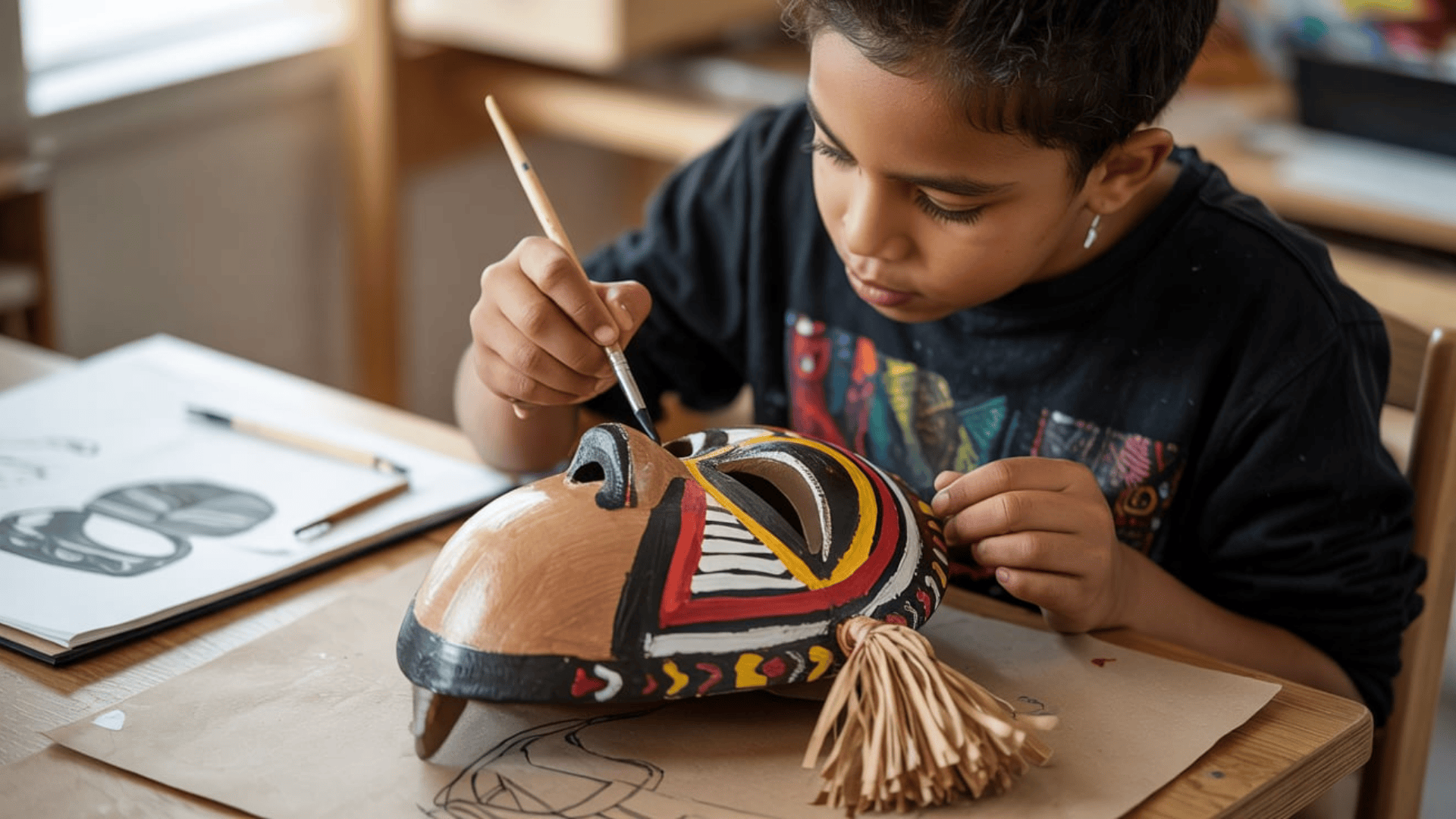
Creating African-inspired masks can be a meaningful way to learn about different cultures and express creativity. It’s essential to approach this art form with respect and an understanding of its profound cultural significance.
- Start with appropriate skill levels: Elementary students can use simple geometric patterns on cardboard, intermediate learners can add symbolic animal features, and advanced creators can experiment with traditional wood carving and natural pigments under proper guidance
- Follow a structured design process: Begin by sketching basic face shapes, then add symmetrical patterns using rulers and compasses, research color meanings before painting, and finish with natural textures like raffia or shells
- Practice cultural sensitivity: Create designs inspired by African art rather than copying sacred masks, always research the cultural context first, and avoid stereotypes while understanding the deep spiritual significance of traditional masks
- Connect learning across subjects: Use mask projects to learn about history, geography, and art together while developing research skills, creativity, and cultural understanding through age-appropriate activities and assessment rubrics
- Access educational resources: Explore virtual collections from the Metropolitan Museum and Smithsonian, use online galleries for reference images, and incorporate digital resources to make learning about authentic African masks accessible worldwide.
Creating artwork that honors and educates about African cultures is valuable, but it shouldn’t replicate sacred objects. Approach with respect, curiosity, and a desire to understand the traditions behind these art forms.
Using African Mask Designs in Educational Settings
By bringing African mask designs into classrooms, educators celebrate cultural diversity while inspiring artistic expression. These timeless symbols continue to connect students with Africa’s rich heritage and creativity
Classroom Project Ideas
Teachers can link African mask studies across subjects for deeper learning. History lessons highlight ties to civilizations and trade, while geography explores regional styles.
Art projects encourage creative designs with cultural meaning. Activities range from simple sketches for younger students to research projects for older ones, building skills in creativity, analysis, and cultural understanding.
Museum and Gallery Inspiration
Many museums, such as the Met, Smithsonian, and Minneapolis Institute of Art, offer virtual African mask collections with accompanying photos and cultural context.
Online galleries offer reference images for projects, enabling students worldwide to learn about authentic masks, making learning engaging, accessible, and enriching without the need for travel.
In this way, African mask designs bridge past traditions with modern learning. They prepare the ground for deeper explorations of how African art continues to influence the world today.
Conclusion
Now that you’ve explored the incredible world of African mask designs, can you imagine the skill and creativity it takes to change simple materials into such powerful art?
From the bold geometric patterns of West Africa to the elegant beauty masks of Central Africa, each design tells a unique story that connects past and present.
If you’re inspired to create African-inspired art, visit museums, or share what you’ve learned, remember that every mask represents centuries of tradition and meaning.
These aren’t just decorations; they’re windows into cultures that thrive today. Many African mask traditions remain alive, with new masks created for modern ceremonies and celebrations.
What amazing mask design will you find or create next? Start your own artistic venture today!

